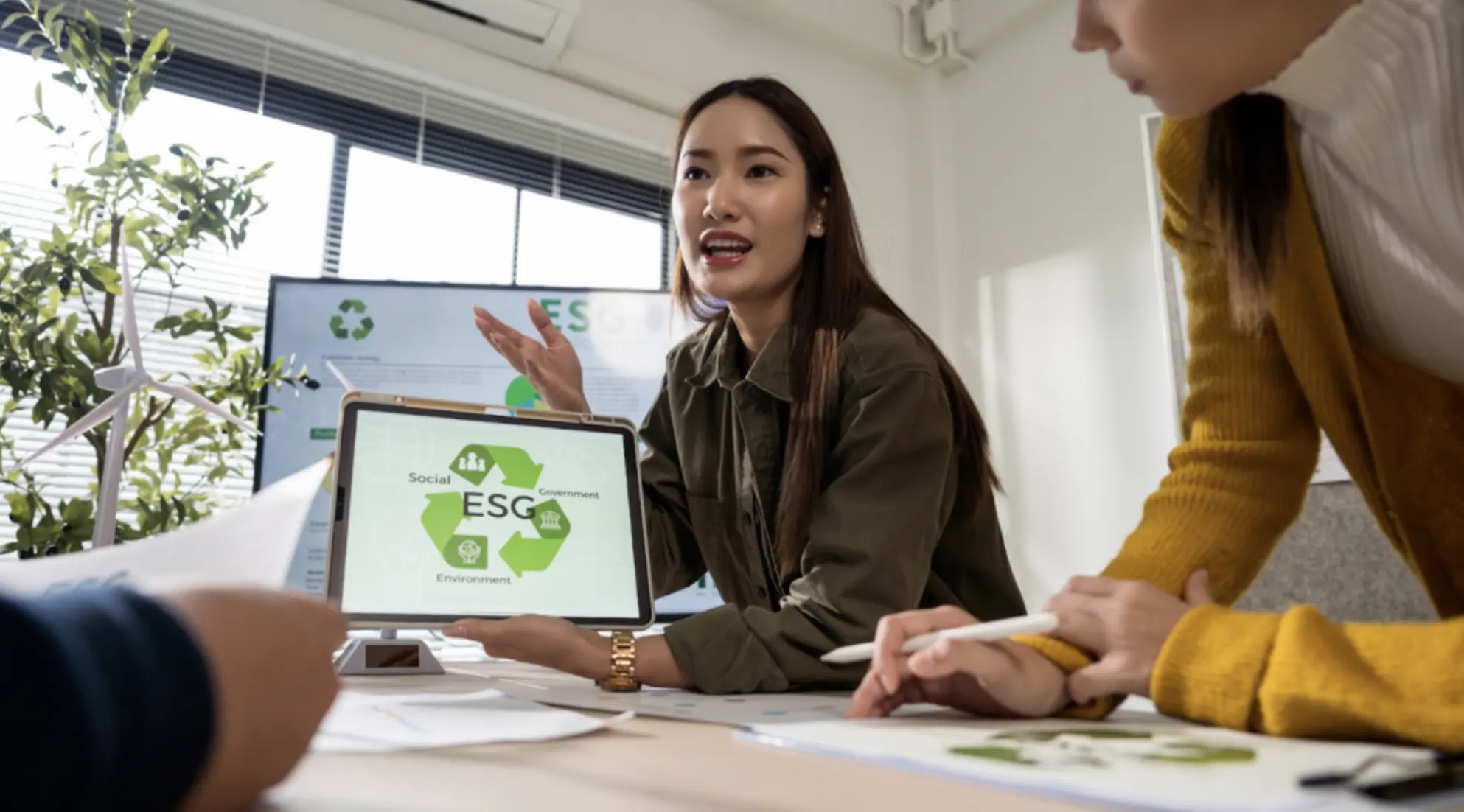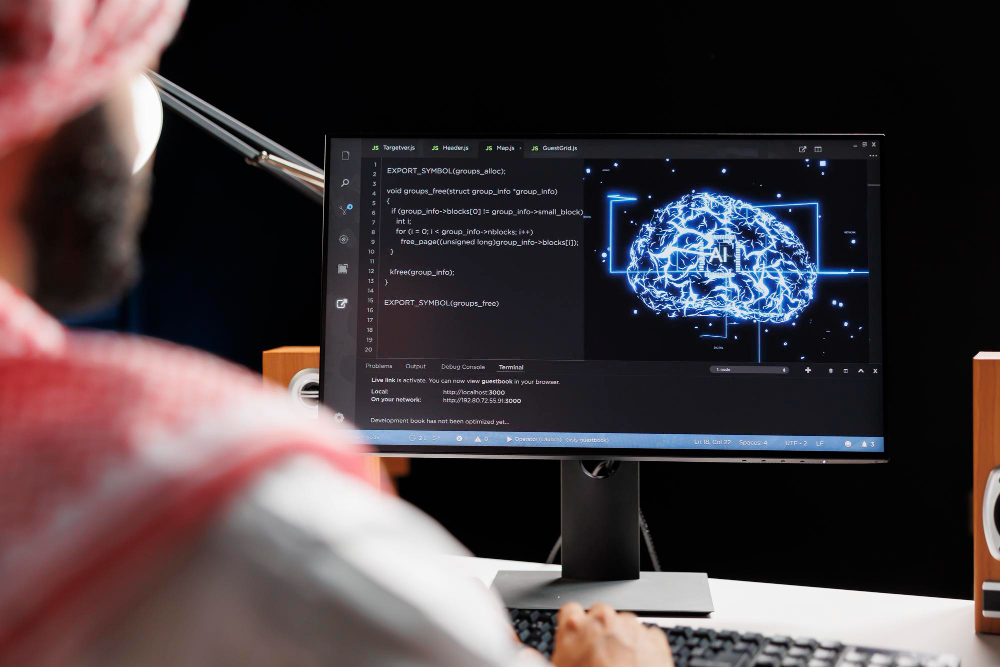Color isn’t just decoration — it’s a silent communicator that influences how people feel, think, and act. Research shows that color can boost brand recognition by up to 80% and affect up to 90% of a snap judgment made about a product. In the fast-moving digital world, this power can make or break a brand.
Think about it: Coca-Cola’s red sparks energy, Tiffany’s blue whispers luxury, and Instagram’s gradient invites creativity. Even PME38 Official understands that these choices aren’t random; they’re rooted in psychology. For students studying marketing, design, or business, understanding this connection is a skill worth mastering.
In this article, we’ll explore the science of color psychology, how it shapes branding, ways it impacts digital design, and practical tips for choosing the right colors for your projects.
The Science of Color Psychology
Understanding color psychology is essential for anyone in branding or design because colors influence people’s feelings, decisions, and perceptions—often without them realizing it. This field combines elements of psychology, marketing, and visual design to shape experiences. By knowing how color works, people can make more intentional choices that enhance emotional impact and align with a project’s goals.
How Colors Affect People
Colors aren’t just visual elements — they’re emotional triggers that work in milliseconds. Our brains process colors faster than words, making them powerful influencers in decision-making. Each color can evoke different emotions, encouraging trust, excitement, urgency, or relaxation depending on the context and the audience’s cultural background.
- Red: Excitement, urgency, passion.
- Blue: Trust, calmness, stability.
- Green: Growth, health, nature.
- Yellow: Optimism, warmth, attention-grabbing.
- Black: Sophistication, power, mystery.
These associations aren’t universal. Cultural context changes meaning — for example, white symbolizes purity in Western cultures but mourning in some Eastern traditions.
Color Theory Basics
Color theory provides the framework for creating balanced, visually appealing designs. It explains how colors interact, complement, or contrast to produce different effects. Understanding hue, saturation, and brightness helps designers make choices that influence emotions and guide user experiences without overwhelming or confusing the audience.
- Hue: The base color (e.g., blue, red).
- Saturation: Intensity of the color.
- Brightness: Lightness or darkness.
Balancing these elements creates harmony or contrast, influencing how users feel when interacting with your design.
☝️ Always check cultural implications of your color choices when designing for global audiences.
Color in Branding: Building a Memorable Identity
Colors are more than decorative choices in branding—they’re strategic tools that reflect a company’s personality, values, and promise to customers. The right palette can make a brand instantly recognizable and emotionally engaging. Students aiming to create impactful brand identities need to understand how to choose colors that align with the story and message they want to convey.
Matching Colors to Brand Personality
Choosing colors for a brand isn’t about personal taste — it’s about strategic alignment. The right shades should reflect the brand’s voice, values, and target audience expectations. This alignment ensures that when customers see the brand’s colors, they subconsciously connect them with the desired qualities and emotional responses.
| Brand Trait | Common Colors | Why It Works |
| Trustworthy | Blue, White | Blue builds confidence; white signals transparency. |
| Energetic | Red, Orange | Warm colors spark action and urgency. |
| Eco-friendly | Green, Brown | Reminds people of nature and sustainability. |
| Luxurious | Black, Gold | Creates a sense of exclusivity and elegance. |
Case Studies
Looking at successful brands can help students see color psychology in action. These examples show how companies choose colors deliberately to influence perception and reinforce identity, proving that effective color use is as much a branding strategy as a design decision.
- Coca-Cola (Red): Energizes and stimulates appetite.
- Facebook (Blue): Promotes trust and a feeling of connection.
- Spotify (Green): Suggests growth and creativity.
Why Consistency Matters
Consistency in brand colors builds trust and recognition over time. Whether it’s a logo, social media post, or website, using the same palette ensures audiences link those colors directly to the brand. This strengthens recall and helps a company stand out in a competitive market.
☝️ When designing a brand identity for a project, choose a primary color and 1–2 accent colors, then stick to them across all materials.




